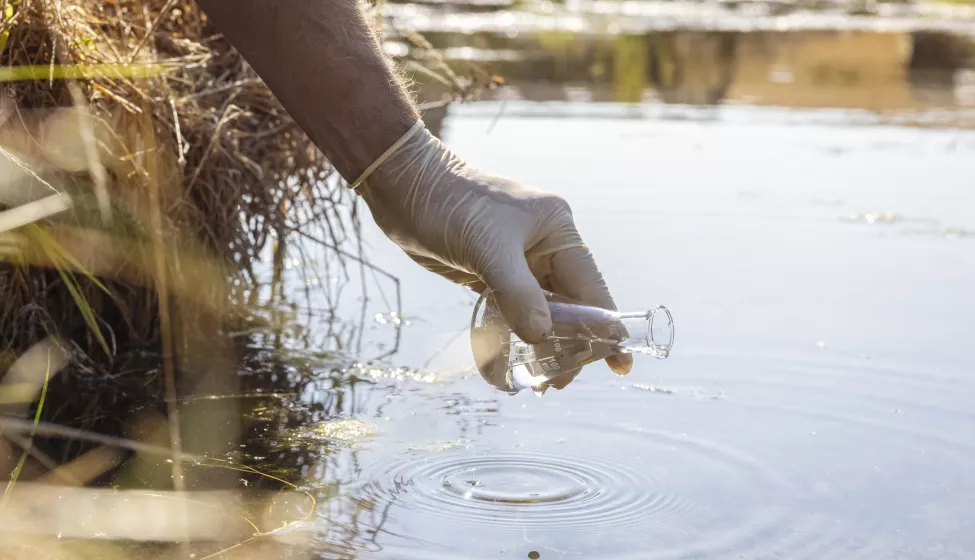May 9, 2025
The characterization of dissolved organic carbon (DOC) generated from crude oil and gasoline biodegradation in groundwater — the focus of a research program that Exponent scientists have participated in for over a decade — can help environmental scientists understand the complex interactions at play in, and the risk represented by, contaminated sites.
In the paper "Is Microbially Produced Dissolved Organic Carbon a Missing Link in Natural Attenuation?" published in the journal Groundwater Monitoring & Remediation, Exponent's Kirk O'Reilly and co-authors reveal an important role that DOC may play in supporting the natural attenuation of hydrocarbons — the process by which natural environmental conditions degrade, reducing hydrocarbon contaminant concentrations over time.
While this DOC has been thought to consist primarily of degradation intermediates — byproducts formed when larger molecules are broken down into smaller ones through biodegradation — the paper's authors used high-resolution mass spectrometry analysis of samples collected from crude oil-contaminated sites to demonstrate that most of the DOC collected from impacted wells is chemically consistent with naturally occurring DOC found in unimpacted wells. The authors' research suggests that instead of being dominated by degradation intermediates, the DOC is primarily generated as a result of de novo synthesis by microorganisms and that its risk should be unrelated to that of hydrocarbons.
The paper's authors further evaluate the DOC's electrochemical characteristics and hypothesize that it acts as a pool of carbon compounds with a continuum of oxidation states, serving as a reversible electron buffer with the ability to accept, store, and donate electrons depending on redox conditions. The authors conclude that this allows hydrocarbon oxidation that is disconnected in time and space from the reduction of the terminal electron acceptors, such as oxygen, ferric ions, or sulfate.
These results suggest that "microbially-produced DOC may be a missing link in understanding the carbon and electron balance at sites undergoing natural attenuation." This work should improve our understanding of the long-term fate of hydrocarbons in the environment.

"Is Microbially Produced Dissolved Organic Carbon a Missing Link in Natural Attenuation?""
Access the full version here
From the publication: "Given the potential for concentrations of DOC to be high relative to dissolved hydrocarbons and TEAs, we suggest that microbially produced DOC may be a missing link in understanding the carbon and electron balance at sites undergoing natural attenuation."


